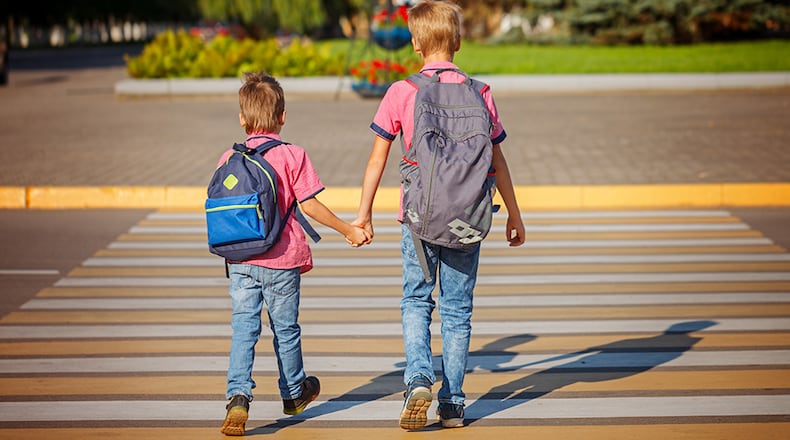As a former high school teacher, I vividly remember repeating this request, over and over, because visible identification in the form of a student ID hung on those lanyards.
At the time, student safety was a forefront concern, as school shootings were becoming a frequent headline. Our school district needed a way to quickly identify an enrolled student versus an intruder; someone who wasn’t supposed to be there.
Credit: Gittings Photography
Credit: Gittings Photography
Today, our intruder is a highly contagious virus.
Educator discussions on differentiated instruction and how to build constructive relationships with young people are peppered with opinions on the effectiveness of face shields versus masks.
“Now that we've determined our economy is largely dependent upon full-time functional schools, perhaps it's high time we ask for reconsideration regarding how those schools, and those that are called to serve within them, are valued."
Worry about the loss of academic progress during a traditional summer is replaced with worries like, “If I have to quarantine, will my earnings be affected? Will I risk carrying this virus home to my family? If I get sick, will I recover?”
Parents are worrying about their job security if they have to stay home because their child is ordered to quarantine. Administrators are concerned about keeping enrollment figures steady in order to receive continued funding, avoiding layoffs, the availability of safety equipment, and the transportation of students to and from school.
Students, above all, are worrying, “When will I get to hug my friends again? Are we going to have homecoming?”
No one has an answer for “how.” Still the American Academy of Pediatrics is strongly advocating that all policy considerations for the coming school year should start with a goal of having students physically present in school.
The AAP’s recommendation is multi-faceted, and hinges mostly on current evidence indicating that children and adolescents are less likely to be symptomatic, are less likely to have severe disease resulting from SARS-CoV-2 infection, and may be less likely to become infected and to spread infection.
The National Education Association, the American Federation of Teachers, and the School Superintendents Association joined the AAP’s recommendation, pointing out that a one-size-fits-all approach is not appropriate for return to school decisions, and have called on policy makers to ensure that inadequate funding does not stand in the way of safely educating and caring for children in our schools.
Safety is a curious concept in education. In reality, being an educator has never been completely safe.
Educators have long faced exposure to communicable illnesses at work.
They are asked to de-escalate student violence verbally and/or physically.
They are asked to protect children in the event of an active shooter.
Now that we’ve determined our economy is largely dependent upon full-time functional schools, perhaps it’s high time we ask for reconsideration regarding how those schools, and those who are called to serve within them, are valued.
Ideas and Voices runs daily in the Dayton Daily News. Send comments and suggestions to edletter@coxinc.com or contact Community Impact Editor Amelia Robinson at arobinson@DaytonDailyNews.com.
Posted by Amelia Robinson on Tuesday, June 23, 2020
Jyllian R. Bradshaw is an attorney with a practice focused on education Law, labor and employment and education policy. She is also a member of the Leadership Dayton class of 2020 and loves community, cooking, conversation, and coffee.
About the Author


